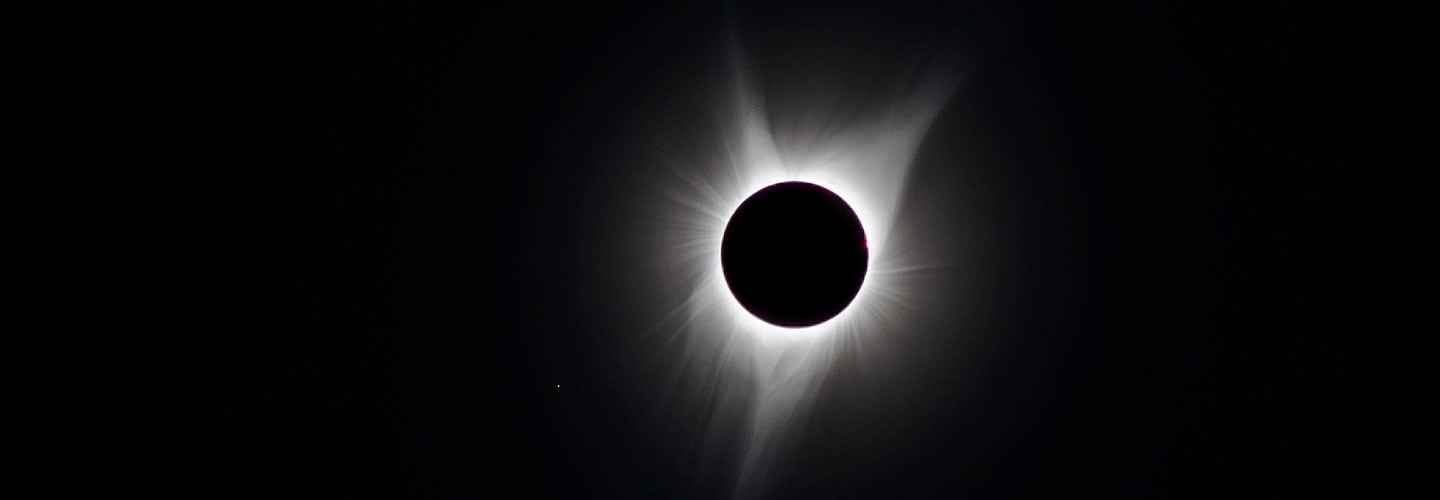On April 8, millions of Americans will witness a rare and spectacular event: a total solar eclipse.
A solar eclipse occurs when the moon passes between Earth and the sun, temporarily blocking the sun. If the moon covers only part of the sun, it’s a partial solar eclipse. If the moon blocks the sun completely, it’s a total solar eclipse, or a totality. A totality can be seen from any given spot on Earth just once every 375 years on average.
During a totality, day suddenly turns as dark as night. The air feels cooler. The only light comes from the corona—sunlit swirls of gases surrounding the sun—visible around the moon’s edges.
Here’s a look at what you need to know about this year’s totality.

